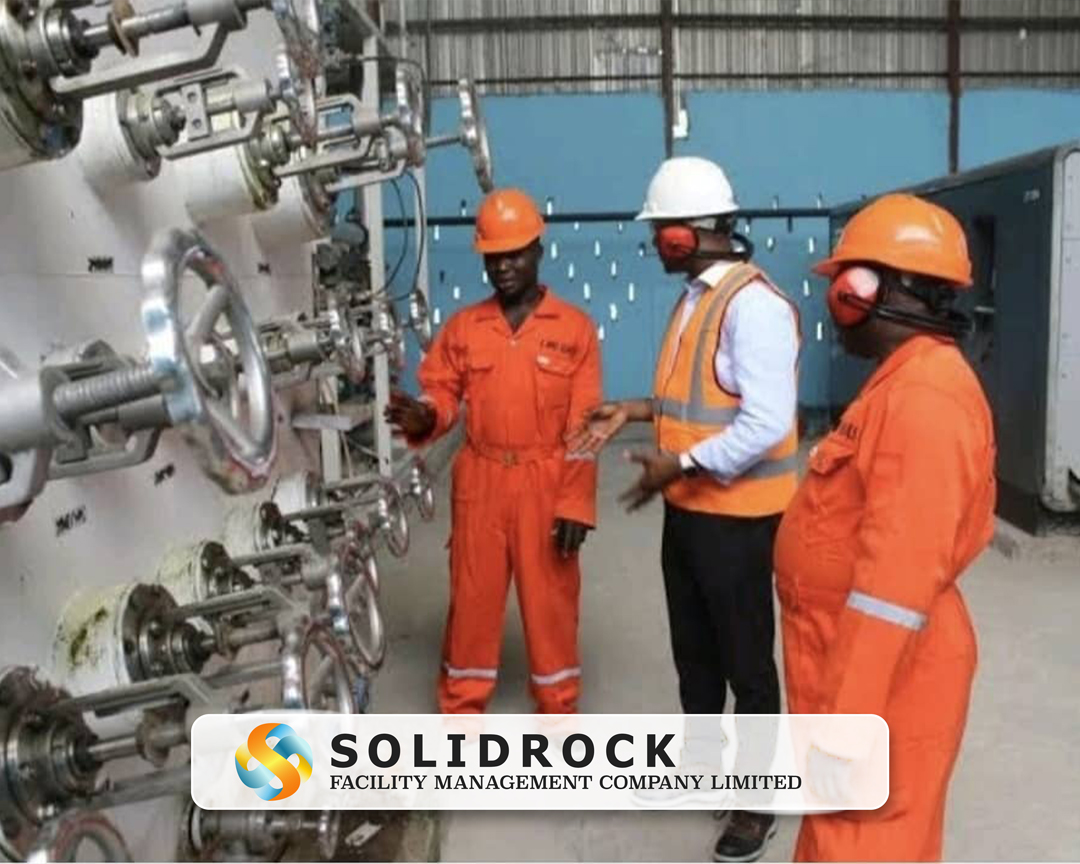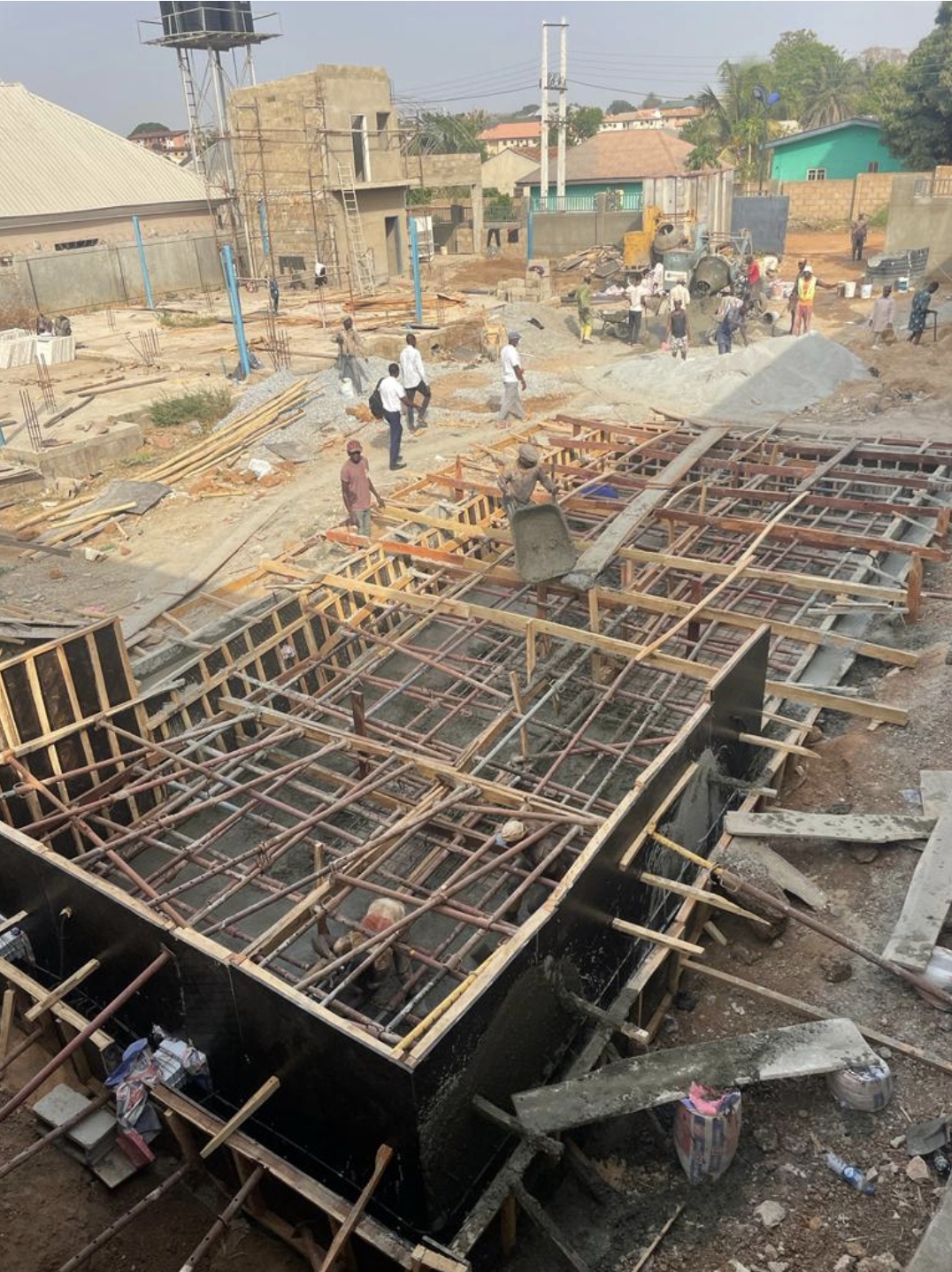Preparing For Disaster: Designing The Last Building Standing
How mission-critical facilities are designed to be the most resilient buildings.
Modern public safety infrastructure is essential in ensuring preparedness in times of natural disasters like hurricanes, earthquakes, flood and tornadoes. Emergency operations centers (EOCs) and emergency communications/ 911 centers (ECCs) are critical to a community’s rapid response capabilities. Decision-makers, agency representatives, incident management personnel, dispatchers, and subject matter experts gather at these facilities to monitor conditions, collect, and share information, establish priorities, and determine protective actions for the public.
Over-communication is crucial in times of crisis, not just within the community, but also more broadly to secure outside support from organizations like the Federal Emergency Management Agency (FEMA). As a result, these mission-critical facilities must be designed to be, if nothing else, the last buildings standing within their communities. As we see more severe weather events across the world RMF Engineering and SCHRADERGROUP provide insight into how communities prepare for and respond to disaster through the support of uninterrupted emergency communication and operations centers.
Pat McFeely, Public Safety Market Segment Leader at SCHRADERGROUP, and Stephen Devon PE, LEED AP, CxA, Senior Project Manager and Electrical Engineer in RMF Engineering’s Baltimore Buildings Division, share more:
Q: What is driving the increase in demand for new or renovated facilities? Why now?
Pat (SG): With the increase in severe weather events, natural, and man-made disasters, in addition to the combination of aging infrastructure and evolving public safety operations, the requirements for EOC and ECC services have grown and changed. Building codes have changed as well over the years. Essential services buildings must be constructed with newer standards that ensure the facility is still standing after an event and first responders are able to reach the citizens.
Steve (RMF): Technology and data requirements have grown. Building standards have evolved. As dramatic changes in weather patterns become more common, these facilities are critical for the safety of their communities. The population growth in many parts of the country has exposed the limitations of the existing facilities. In most cases, new facilities need to be constructed. Often, existing structures that offer more square footage require significant renovations to modify the building to current standards and be able to ensure essential services are delivered to all residents in moments of crisis.
Essential services buildings must be constructed with newer standards that ensure the facility is still standing after an event and first responders are able to reach the citizens.
Pat (SG): No two EOCs or ECCs are alike. The design and engineering strategies are all tailored around that facility’s unique context and program. Its location, the budget, who works there, and how they work are all things we consider during the initial planning. Budget is critical, and it takes experience to really understand the costs of a renovation or a new facility from feasibility through construction. Grant funding has been used for these facilities in the past, but it does not cover everything. Understanding those costs is essential to working within tight state, county, and local budgets.
These types of facilities are not built like a typical building and need to meet Risk Category 4 as a minimum standard, but to truly be the “last building standing,” there are several other codes to benchmark against. Based on ICC 500 and FEMA 361 codes and geographical requirements, a facility that isn’t rated for wind of certain speed might require a safe room—which would negate the functionality of the rest of the EOC or ECC during a storm if personnel need to abandon their desks.
Steve (RMF): NFPA 1225 standards also have implications for the mechanical, electrical, and IT infrastructure; these services need to support the mission critical areas, providing power, cooling, and other essential support. Within a fixed floor plan, allocating square footage to accommodate the building’s infrastructure infringes on what is left for personnel space, equipment storage, or other program requirements. The design team must work efficiently and cost effectively to provide as much program space as possible, while maintaining enough for the robust infrastructure.
Q: When you are looking at new construction, what are some key considerations in planning the design? What does it take to be the “last building standing?”
Pat (SG): When we’re assessing a new EOC or ECC site, we follow FEMA’s National Risk and Capability Assessment (NRCA) to determine the biggest outside threats. Is the site near a chemical factory, rail lines, or major highways? What is the flood potential? Our job as designers is to ensure that the architecture responds to those risks while still being contextually relevant and welcoming to the community. For example, we’ll use natural barriers such as retention ponds to provide standoff where we can, versus fencing the entire property.
Steve (RMF): The threat assessment is also highly valuable in determining what level of utility redundancy will be required, not only for the facility’s primary and back-up mechanical, electrical, and distribution systems, but also for its technology and data infrastructure. By their nature, EOCs and ECCs are incredibly energy intensive facilities, so having a variety of power sources that can support that load continuously is critical. We work closely with the local utility provider to understand their options and limitations for service. Can we bring power in from two separate grids? What on-site generation and storage will be needed? If the site includes a metal comms tower, these systems will need to be grounded to prevent failure in the event of a lightning strike. All of this information helps us determine the equipment that will be required and where it will be sited in terms of the architecture.
By their nature, EOCs and ECCs are incredibly energy intensive facilities, so having a variety of power sources that can support that load continuously is critical.
Q: All that power coming from a diesel generator can’t be good for the environment. Are there any sustainability measures you incorporate into these projects?
Pat (SG): Standby diesel-fired generators provide a robust and dependable backup power system; however, a dual fuel arrangement would be good if there is an extended outage for more than three days. Fortunately, diesel fired generators are only exercised once a week for an hour and during emergency situations, where they may run for several days when most other buildings will be offline. This limits their negative impact on the environment. In some cases, dual fuel generators that run on vegetable-based oil (approximately 10% less CO2) can be used for exercising, and diesel fuel will only be used during an extended outage or if fuel needs to be replenished urgently.
Steve (RMF): Sustainability is critical to the long-term success of these facilities because inefficient systems add up to costly maintenance bills. Most of these facilities are using an all-electric HVAC system that is not only supported by the standby generator system, but also eliminates the burning of fossil fuels for heating. At times, we have used solar domestic hot water systems that incorporate storage tanks to facilitate water circulation and deliver solar-preheated water to the domestic water heater, reducing the energy demand of that system. If space allows, solar voltaic panels will be used to supplement the daily electrical power usage.
At Solid Rock, we are behind your business success www.solidrockfacilitymanagers.com





